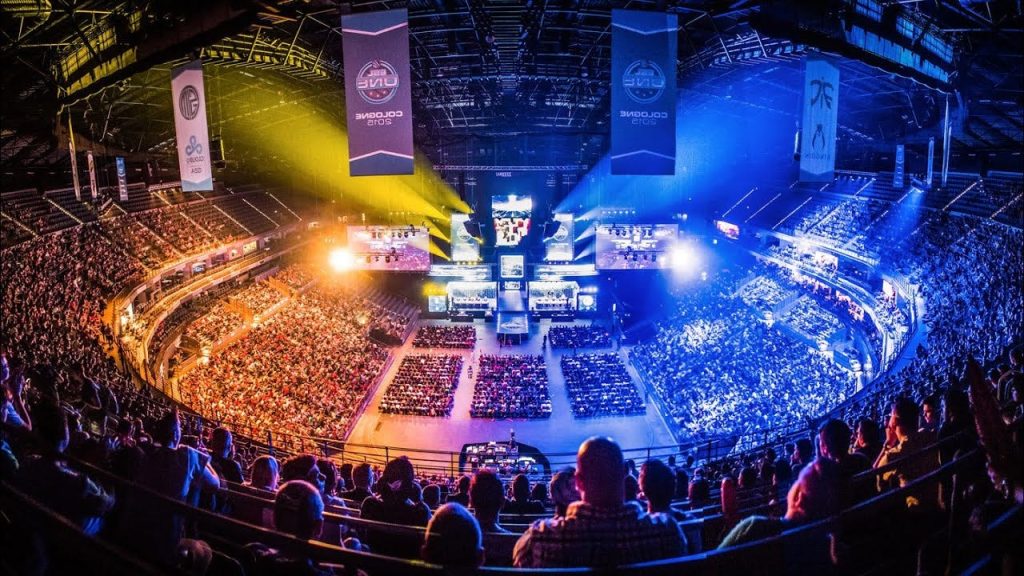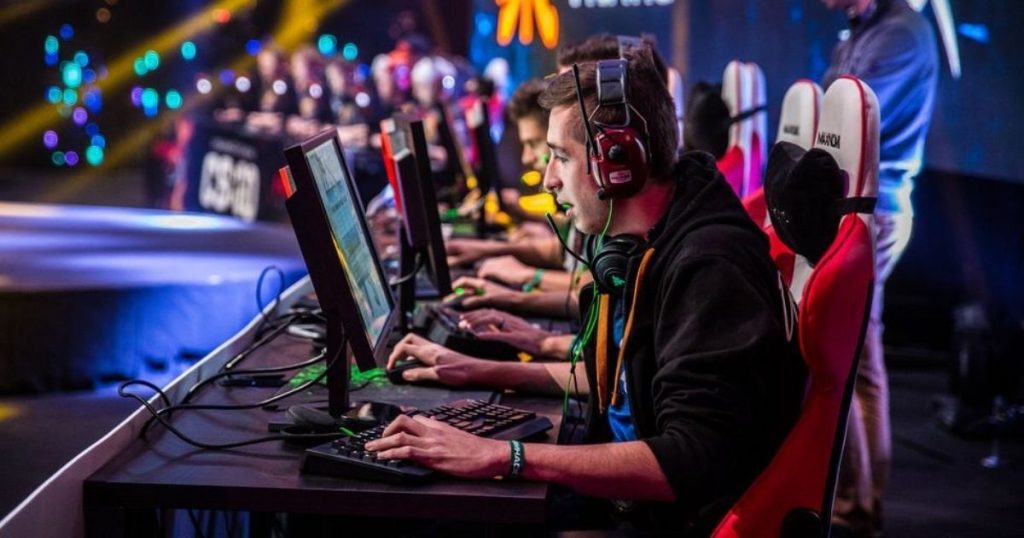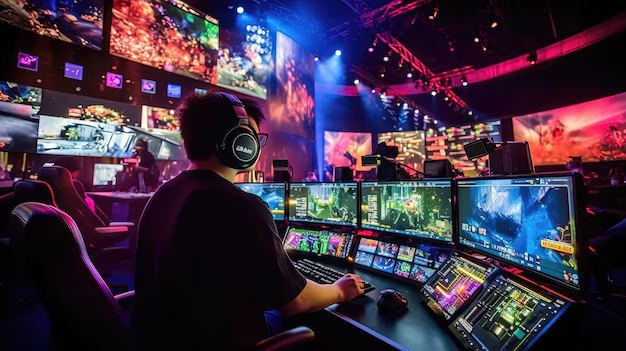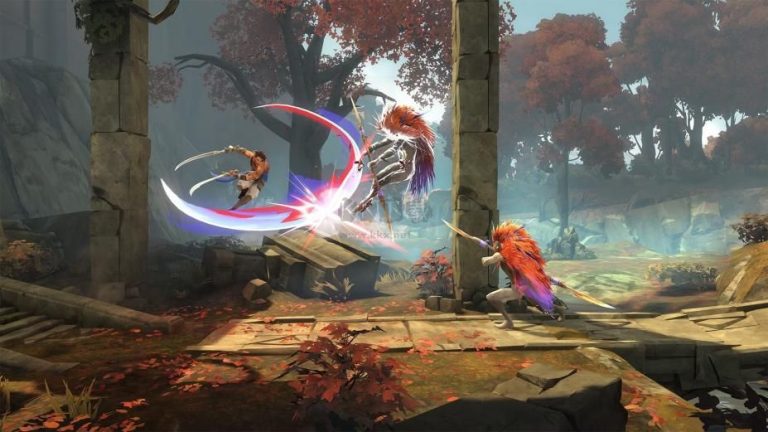The Rise of eSports: How Online Gaming Became a Billion-Dollar Industry
eSports is a global phenomenon with hundreds of millions of dollars in revenue, drawing on fame, stars, stadiums, and massive tournaments. What started as a localized pastime in cabinet arcades has become an international phenomenon with stadium arenas and millions of fans. Through the last decades, electronic sports have grown tremendously, and many factors have ignited this growth: technology advancement, streaming, and faith from big brands and investors. This article will elaborate on how eSports traced its evolution, what keeps it trending, and what future prospects the industry holds.
The Early Days of eSports

eSports was not initially a big industry. The first days of video gaming were really quite informal; early competitions were little more than community events. The first recognized competition for video games took place in 1972 at Stanford University, when students competed in the game “Spacewar!” with a one-year subscription to Rolling Stone magazine as the prize for the victor.
The 1980s and 1990s brought more organization to video game tournaments. Companies such as Nintendo and Sega began conducting gaming tournaments—for instance, the Nintendo World Championships in 1990. This began a process of making gaming competitions visible in the mainstream, yet eSports had not attained any professional status at this point.
The Growth of Online Gaming

In the late 1990s and early 2000s, the internet began to evolve and change the gaming landscape forever. Multiplayer online games allowed for larger gatherings, with players competing against one another on an international level. Games like “Counter-Strike,” “StarCraft,” and “Warcraft III” attracted dedicated players and competitive communities.
Online gaming platforms such as Steam and Battle.net connected players, allowing them to practice and participate in tournaments. With improvements in internet connection speeds, gaming became accessible to more and more people, increasing the growth of professional players.
The Role of Streaming and Social Media

One of the greatest reasons for the rise of eSports is the flourishing of online streaming platforms such as Twitch and YouTube Gaming. Those platforms provide the opportunity for gamers to transmit gameplay to audiences worldwide. Viewers study from pro players, interact with their favorite gamers in real-time, and learn new strategies.
Twitch, established in 2011, became the leading platform for live gaming content. Millions of people watch gaming streams daily, and some streamers have turned their gaming skills into full-time careers. The spread of social media such as Twitter, Instagram, and TikTok has propelled individual eSports players as well as eSports teams into the limelight, thus garnering millions of fans worldwide.
Main Titles of eSports and Tournaments

Only some games play vital roles in the development of eSports, such as League of Legends, Dota 2, Fortnite, Call of Duty, and CS:GO. These titles have vast player bases and highly competitive tournaments.
The events like the World Championship of League of Legends, The International, or the Fortnite World Cup have millions of dollars at stake. These attract not only players but also millions of online viewers, as eSports is now an important entertainment business.
Business Aspect of eSports

It does not concern merely the playing of video games, but actually, it’s become a huge business. Millions are being poured into eSports teams, tournaments, and sponsorships by companies and investors alike.
Popular brands such as Red Bull, Coca-Cola, and Nike have come to sponsor the e-sports events and players as well. Gaming organizations such as FaZe Clan, Team Liquid, and Cloud9 have grown into global brands with dedicated fan bases. Some eSports teams have started merchandising and signing deals with media companies to broadcast their games.
Media networks like ESPN and BBC have started covering the eSports event, which clearly proves that competitive gaming is now recognized as a sport. It gets its revenue from sponsorships, advertisements, media rights, merchandise, and ticket sales for live events.
Life of a Professional Gamer

Becoming a professional player in eSports is not easy. Like the traditional sportsperson, every professional eSports player is going to train for hours every day to develop their skills. Most of the eSports players start very young, practicing for endless hours and working their way up to smaller games before entering the big leagues.
eSports players generally have an entire team comprising their coach, analyst, and support staff by their side. They do research on opponents, previous matches, and training that involves both mental and physical sessions. The high earning points may be in millions for some top players, but the competition is really tough, with very short careers due to high tension and change in the trend of games.
Challenges in the eSports Industry

Though it is growing by leaps and bounds, eSports also has its share of woes. Player burnout is perhaps the most serious of these. Long hours of practice and competition put players under severe strain, leading to numerous mental and physical health ailments. Greater concern and attention are being given by organizations to the training conditions of players and their mental health.
Then there is the lack of regulations. Unlike traditional sports, which have one national governing body for every sport, eSports do not have such. Concerns of cheating and match-fixing as well as doping also need much better oversight in order to allow fair competition. Different games have different rules, and some tournaments lack clear guidelines.
The industry is improving its diversity and inclusion. While eSports is popular globally, being played by millions, most of the professionals are males in the sport, and there is little representation of women and other minority groups. Organizations are now making strides to develop more diverse representation in competitive gaming.
The Future of eSports

The future of eSports looks bright. With more investment and innovation, the industry is expected to continue growing. Virtual reality (VR) and augmented reality (AR) gaming could add new dimensions to eSports competitions. Advances in AI and cloud gaming will make competitive gaming even more exciting and accessible.
The inclusion of eSports in the Asian Games and discussions about its potential entry into the Olympics show that competitive gaming is gaining more recognition as a legitimate sport. Schools and universities are also starting to offer eSports scholarships, proving that gaming can be a serious career path.
With new games, bigger tournaments, and growing audiences, eSports is set to become an even bigger part of the global entertainment industry in the coming years.
Conclusion
eSports has come a long way from small arcade competitions to billion-dollar global events. With the rise of online gaming, streaming platforms, and major sponsorships, eSports has become a serious business and a popular form of entertainment.
While there are challenges to overcome, the future of eSports looks promising. As technology advances and more people get involved in gaming, competitive eSports will continue to grow, creating new opportunities for players, teams, and fans worldwide.








